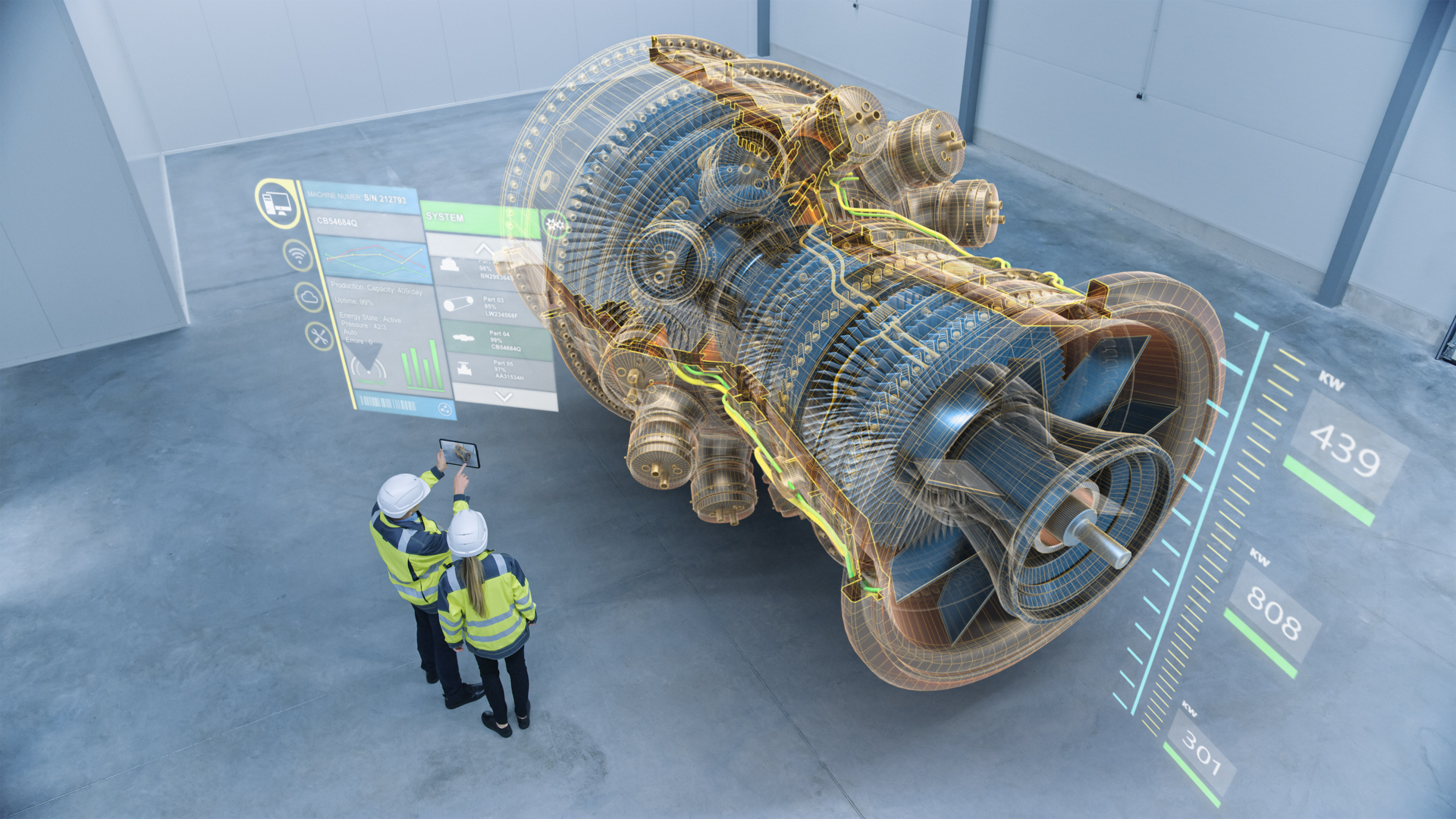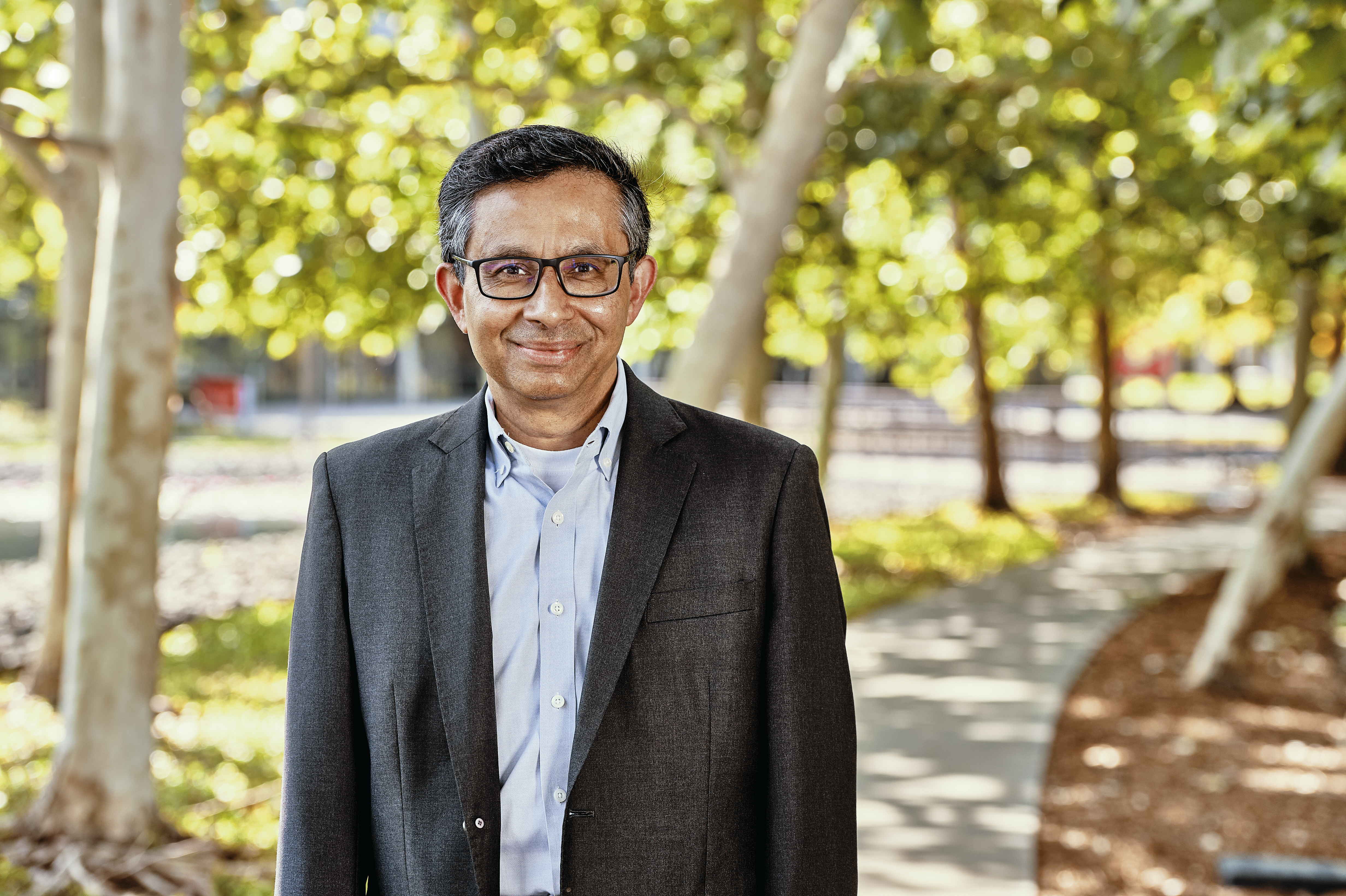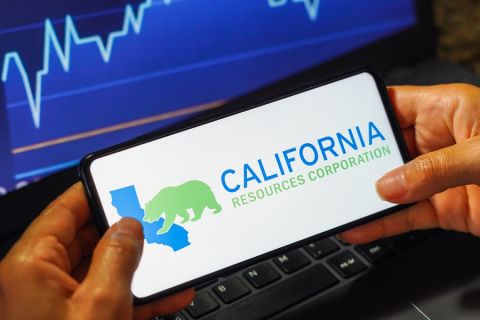Editor’s note: This is the final part of a multi-part series examining the use of artificial intelligence in the oil patch. See part 1, part 2, part 3 and part 4.
As generative artificial intelligence (AI) continues to gain traction—and investment—oil and gas companies are seeking ways enable the powerful technology—just not too fast.
For now, some companies are using the technology more as a consultant, highly efficient librarian or as a kind of advanced spreadsheet or database rather than putting it in control of sensitive or critical tasks.
The promise of the technology seems clear to generative AI advocates.
“Generative AI is going to be, I think, as big as, if not bigger than the internet itself,” because of how it enables new customer experiences and more powerful applications, said Vasi Philomin, vice president and general manager for generative AI at Amazon Web Services (AWS).
Jay Shah, principal of energy marketing and innovation programs at AWS, said AI and generative AI have the potential to help the oil industry with production; health, safety and environment (HSE); operations; and maintenance, among other areas.

“We do believe generative AI and AI in general have the transformational capability to change the world as we know it,” he said.
Shah said AWS is working with customers in the oil and gas space who are exploring and considering the possibilities generative AI solutions could bring to their businesses.
AWS’s IT service management company has put its money where its beliefs are, announcing in June that it was investing $100 million in its Generative AI Innovation Center to help customers launch new generative AI products.
However, Manoj Saxena, founder of the Responsible AI Institute, said it’s important to provide companies developing generative AI tools with a secure, collaborative and rapidly
scalable environment to explore and evaluate their capabilities and responsible AI features
effectively.
For now, oil and gas companies are taking it slow, using AI for tasks such as examining equipment downtimes to assist with preventative maintenance or to quickly access company’s technical libraries.

Like ‘Star Trek’
Moe Tanabian, chief product officer at Cognite, said users can use the Cognite AI platform, launched in June, combined with Cognite Data Fusion to get answers to complex analytics questions. An example: analyzing the downtime of pumps, out of thousands, that might have exceeded a certain time frame after a day of freezing temperatures. AI could then report on how the damaged pumps were repaired and make recommendations on how to preemptively prevent future down times.
“When we explain this to the customers, they feel it’s Star Trek, but it’s not. It’s reality,” Tanabian said.
Kriti Singh, senior research data scientist at Corva and lead developer of the company’s Predictive Drilling platform, sees AI having a similar role—eventually.

She said a long-term goal for Corva’s Predictive Drilling platform is to use generative AI to identify causes of drilling dysfunction, like high vibration, based on data and then use that information to automate identifying and mitigating those drilling dysfunctions in a closed loop drilling system.
“One focus is to have predictive alerts,” she said.
That capability will require training models on drilling dysfunction data, and that can then be used in real time to predict potential problems, she said. The aim is to flag up anomalies and alert the user to look at the data or take over manually, she said.
“That's something that we are focusing on right now,” she said.
For now, Singh said the use case for generative AI is to act as a chat bot to help customers with questions. With huge volumes of data available, the system could surface specific information quickly, she said. It would, she added, enhance user interaction and automate processes.
Sriram Srinivasan, senior vice president for Halliburton Global Technology, said that while the company is beginning to work with generative AI technology, he doesn’t foresee Halliburton using the technology “in mission critical tasks anytime soon.”

For now, he said, “We'll keep generative AI out of mission critical tasks, and we might use generative AI” for other tasks.
“It’s perfect for collecting relevant information,” such as trolling the lessons learned database and responding to questions asked in natural language, such as, “How many wells have we drilled in this basin or with this tool?”
Beyond the hype
Nikunjkumar Patel, vice president of engineering and technology at Oceaneering, said AI and generative AI is so touted that people tend to think it “will solve all the problems.”
“Eventually, it will,” he said.
But getting there will take time, he said.
Until generative AI is mature enough, he said, “you have to take the tool as one of the inputs and not the absolute answer.”
Initially, Oceaneering expects to use generative AI internally for things like automated reporting and chat bots for troubleshooting, he said.
James Brady, chief digital officer for Baker Hughes oilfield services and equipment, said the company is setting up a process around generative AI project to help people think through potential issues associated with projects.
“You come up with some ideas about where you think generative AI could really move the business forward, and we've seen a lot of that,” he said. “But then you also have to have a way of saying, ‘The risks associated with my idea are this,’ right? ‘The cost of my idea is this.’”
An AI steering committee considers proposed projects from a risk and liability standpoint as well as the potential enterprise value behind the project, he said.
“That's up and running, and we're now trying to prime the pump of ideas,” he said.
And some of those ideas could be around the generation of reservoir models and other ways to reduce the work humans have to do. Brady thinks of these types of helpers as digital assistants.
“What we see is generative AI … will extend the capabilities of people,” he said.
A smart librarian
A potential generative AI project would help non-English speakers query work instructions and safety procedures in their own languages, he said.
Chevron CIO Bill Braun said the company is working on a generative AI agent able to help people do their jobs. Chevron Assist, the project’s working name, can provide employees with access to “the full complement of our engineering standards, our safety expectations, the full set of knowledge around our company history and standards, and apply that to [their] work,” he said.
The goal is to supply workers with relevant information without them having to spend time searching for it or dealing with different document versions or having to sift through irrelevant information, he said.
“We know how difficult it can be to find the right information and the right support for the different decisions and the different situations that we encounter on a regular basis,” Braun said. “That's one that we're actively working on right now.”
He said Chevron is also experimenting with other generative AI solutions and providing access to general purpose generative AI tools like Microsoft’s Bing Chat Enterprise.
“We're also trying not to rush these out because there is still a lot of learning that we're doing on them,” he said.
Manas Dutta, general manager for the Workforce Excellence Breakthrough Initiative portfolio at Honeywell Process Solutions, said his company is also looking at a generative AI-based assistant. In this case, the assistant would provide help with documentation before and after jobs are carried out, he said.

“There are many different documents that a field technician or field operator has to refer to, to do a job. It's time consuming," he said. “Let's say half of the time goes in preparation, and this half is to do the execution. So the preparation time is 50% because there are so many different places they have to refer to, to get the right information before they do the job.”
The vision is that using generative AI to help the field technician digest all that information ahead of time will help them prepare more quickly, he said.
And after the job is done, Honeywell is exploring the use of generative AI to document the job.
“Basically in those areas where there are lots of manual and repeated work, we are looking at the use of generative AI to optimize those and eventually either reduce the time to do the work that they're doing or create the things faster,” Dutta said.
Saxena, of the RAI Institute, compared the current stage of generative AI to the earliest days of the internet.
“They saw the Netscape browser back in 1996, and they didn't realize exactly what e-commerce could look like on top of it. That's the stage we are at,” he said.
Saxena predicts that generative AI will ultimately impact many aspects of the oil industry, from “exploring geological formations to predicting where the gas is, to optimizing operations to supply chain asset maintenance, predictive maintenance, training simulation, creating similar scenarios for employees on various climate challenges and emergencies, R&D for new processes,” as well as things like economic modeling.
“Generative AI is going to be the silver thread that will run through all of the processes upstream, downstream,” he said.
Recommended Reading
Kimmeridge Fast Forwards on SilverBow with Takeover Bid
2024-03-13 - Investment firm Kimmeridge Energy Management, which first asked for additional SilverBow Resources board seats, has followed up with a buyout offer. A deal would make a nearly 1 Bcfe/d Eagle Ford pureplay.
M4E Lithium Closes Funding for Brazilian Lithium Exploration
2024-03-15 - M4E’s financing package includes an equity investment, a royalty purchase and an option for a strategic offtake agreement.
Laredo Oil Subsidiary, Erehwon Enter Into Drilling Agreement with Texakoma
2024-03-14 - The agreement with Lustre Oil and Erehwon Oil & Gas would allow Texakoma to participate in the development of 7,375 net acres of mineral rights in Valley County, Montana.
California Resources Corp. Nominates Christian Kendall to Board of Directors
2024-03-21 - California Resources Corp. has nominated Christian Kendall, former president and CEO of Denbury, to serve on its board.
Uinta Basin: 50% More Oil for Twice the Proppant
2024-03-06 - The higher-intensity completions are costing an average of 35% fewer dollars spent per barrel of oil equivalent of output, Crescent Energy told investors and analysts on March 5.






